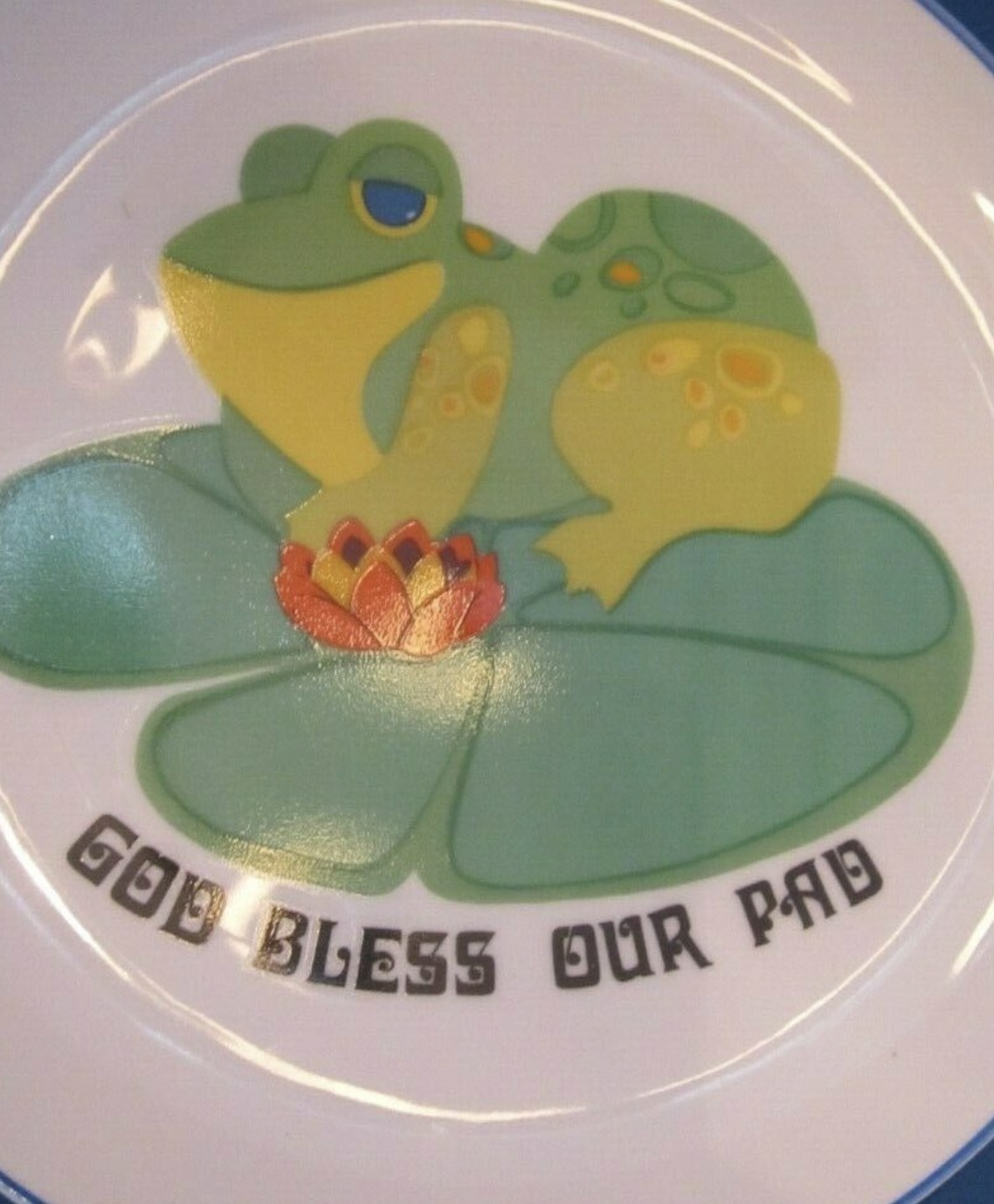Peace Frogs
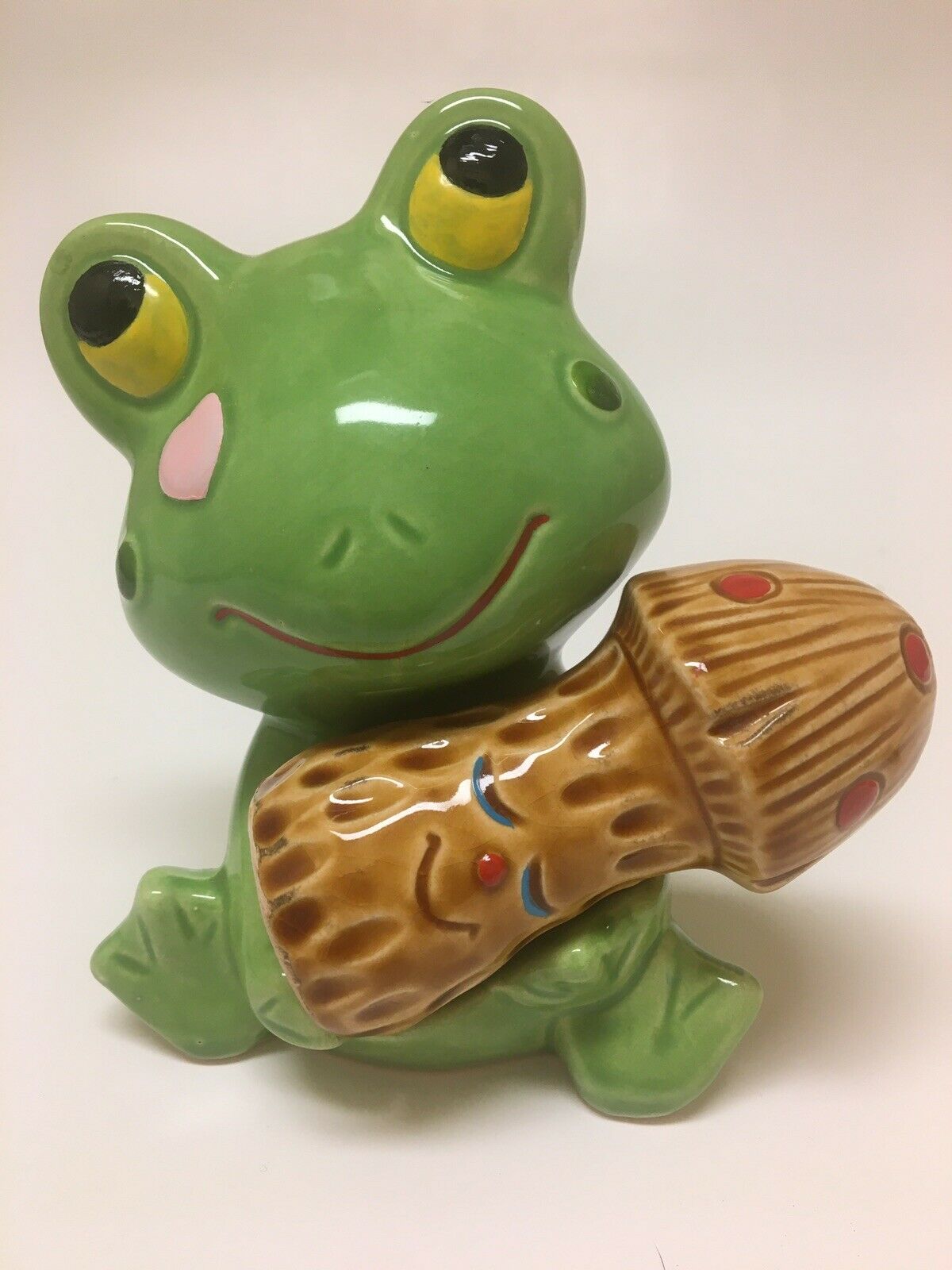
Frog and mushroom salt-and-pepper shakers, c. 1966
One in a series of posts dedicated to pop-culture depictions of frogs — as symbolic representations of “too-muchness” — from 1904–2003.
Frogs during the Sixties (1964–1973) served as a crucial vector through which psychedelic flower-child culture entered into the American mainstream…
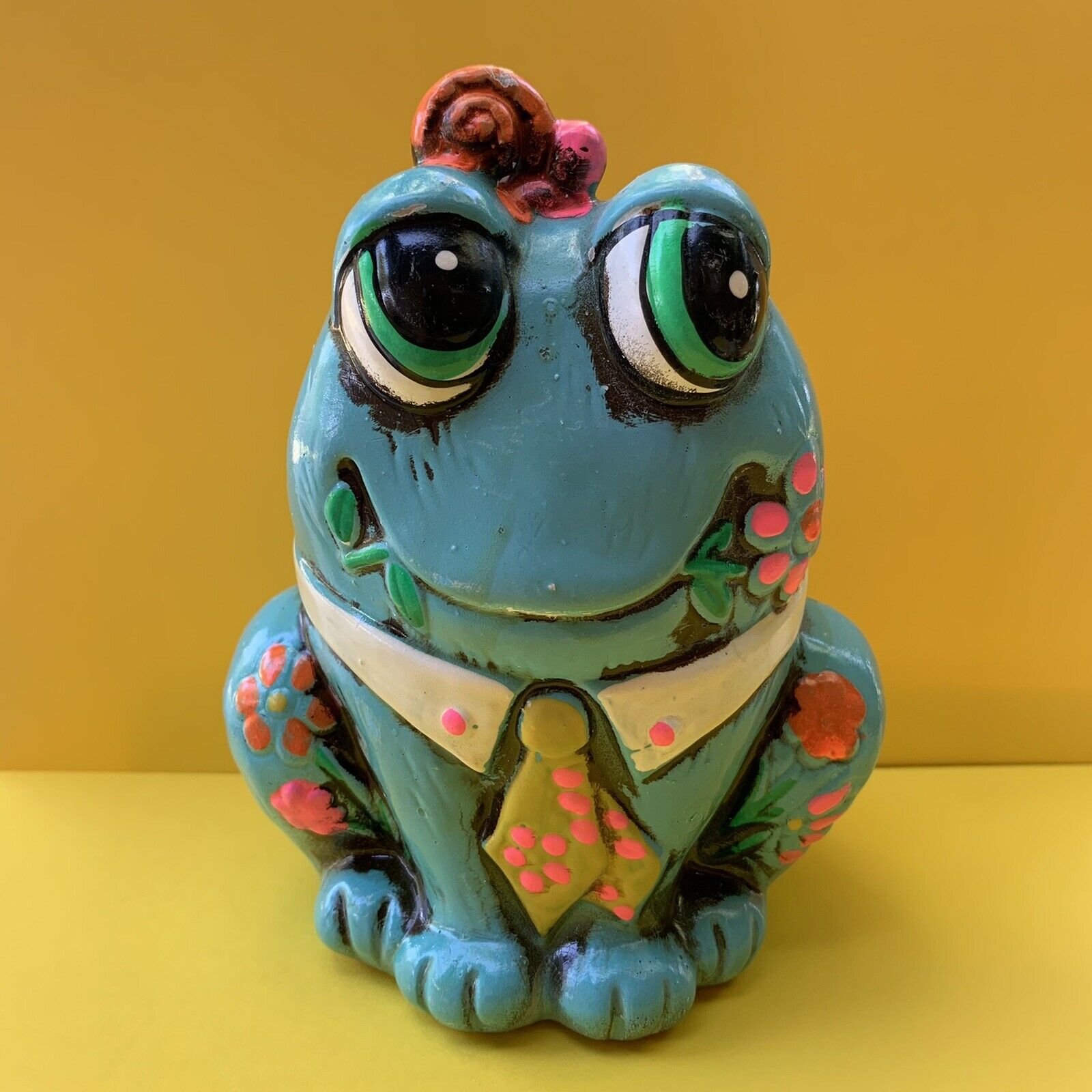
I’m not a Doors fan, but I kinda like “Peace Frog,” I guess. The 1970 song appears on Morrison Hotel. Jim Morrison’s lyrics — based on his poems — do not mention frogs.
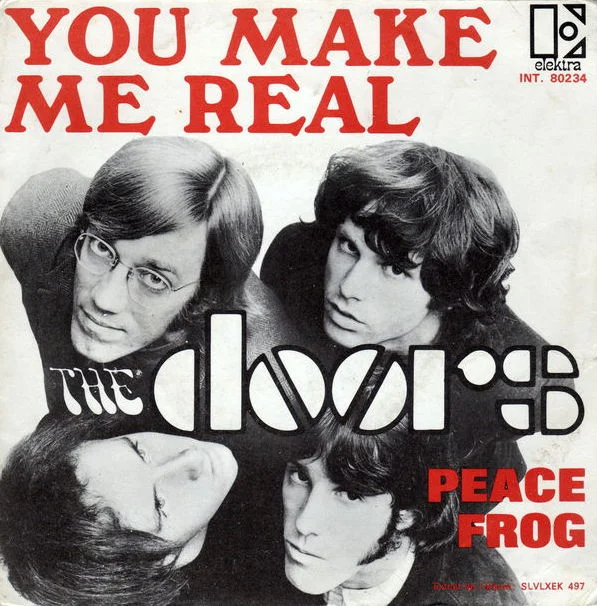
Years after Morrison’s death, Doors guitarist Robby Krieger — who’d written the music for the song — tried to explain the title: “I never really asked Jim about it. I think it was because of the guitar sound [sings] de-de-dep… which sounded like a croaking frog’s quak-quak. I never asked Jim about his meanings or his stuff, you know, because he never answered, you know.”
Sample lyrics:
Blood in the streets
In the town of New Haven
Blood stains the roofs
And the palm trees of VeniceBlood in my love
In the terrible summer
Bloody red sun of
Fantastic L.A.
Ironically, this apocalyptic song’s title has inspired in recent years a sappy, kitschy Sixties-ish merch mill.
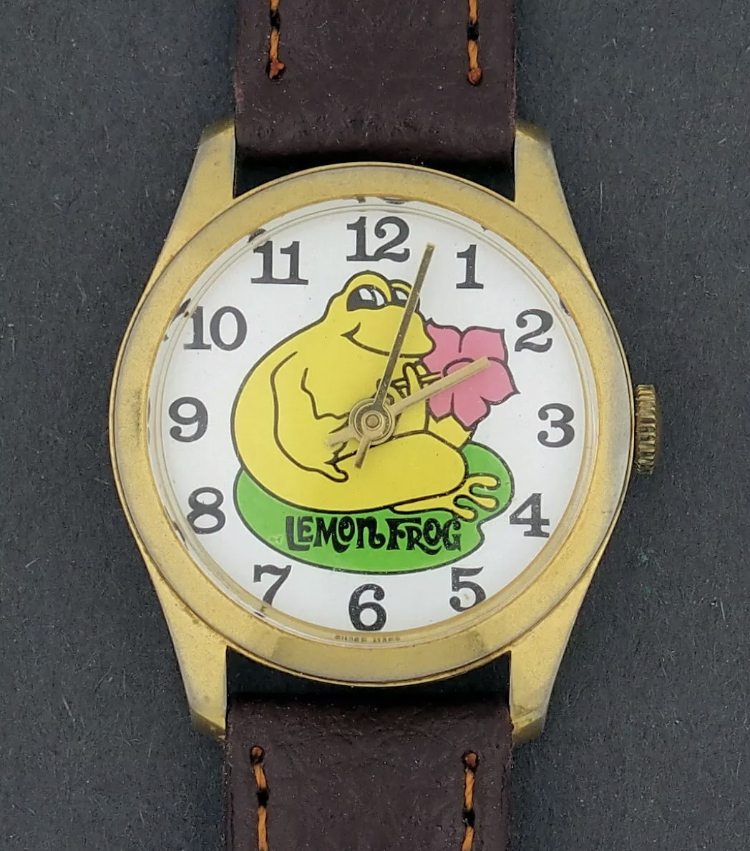
In 1970, Sears introduced a line of “now news, go everywhere” supposedly groovy clothing for adolescent girls: Lemon Frog. The typography was neo-psychedelic — pretty far-out for Sears. The Lemon Frog, as seen here, seems to be an Alice in Wonderland-ish Caterpillar figure, a kind of groovy guru.
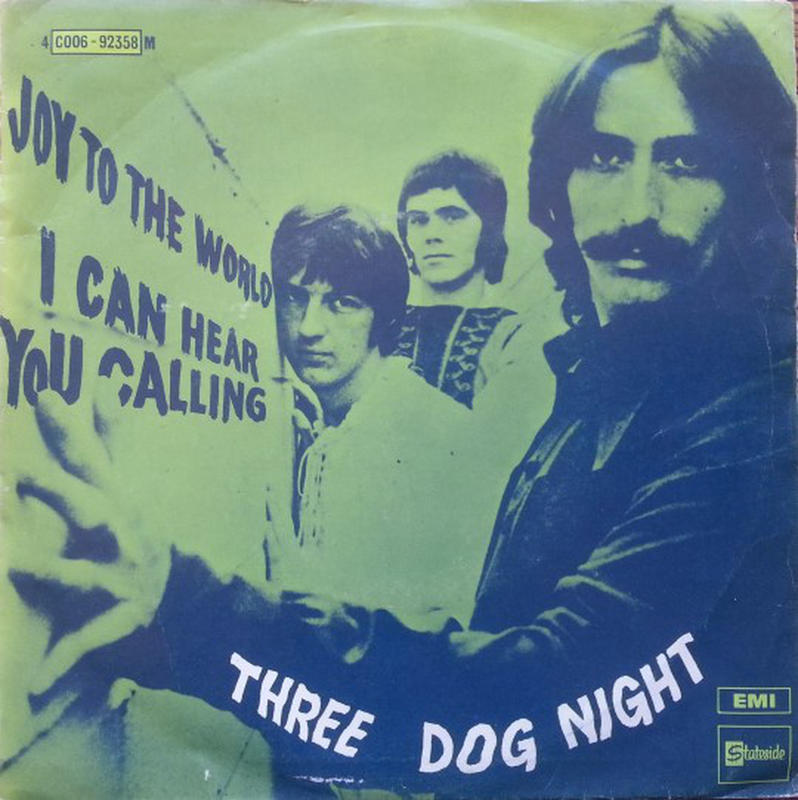
“Joy to the World” is a song written by Hoyt Axton and made famous by Three Dog Night. The song, which is about peace and love, is also known by its opening lyric, “Jeremiah was a bullfrog.” Three Dog Night released the song on their album Naturally in 1970, and subsequently released an edited version of the song as a single in 1971.
Sample lyrics:
If I were the king of the world
Tell you what I’d do
I’d throw away the cars and the bars and the wars
And make sweet love to youJoy to the world
All the boys and girls
Joy to the fishes in the deep blue sea
Joy to you and me
The song was No. 1 on the charts for six straight weeks in 1971, making it the top hit of the year. When I was in elementary school a few years later, we were required to sing this in Music class. (I’m guessing they bowdlerized the lyrics? I can’t recall.) The song had become a classic almost overnight.
